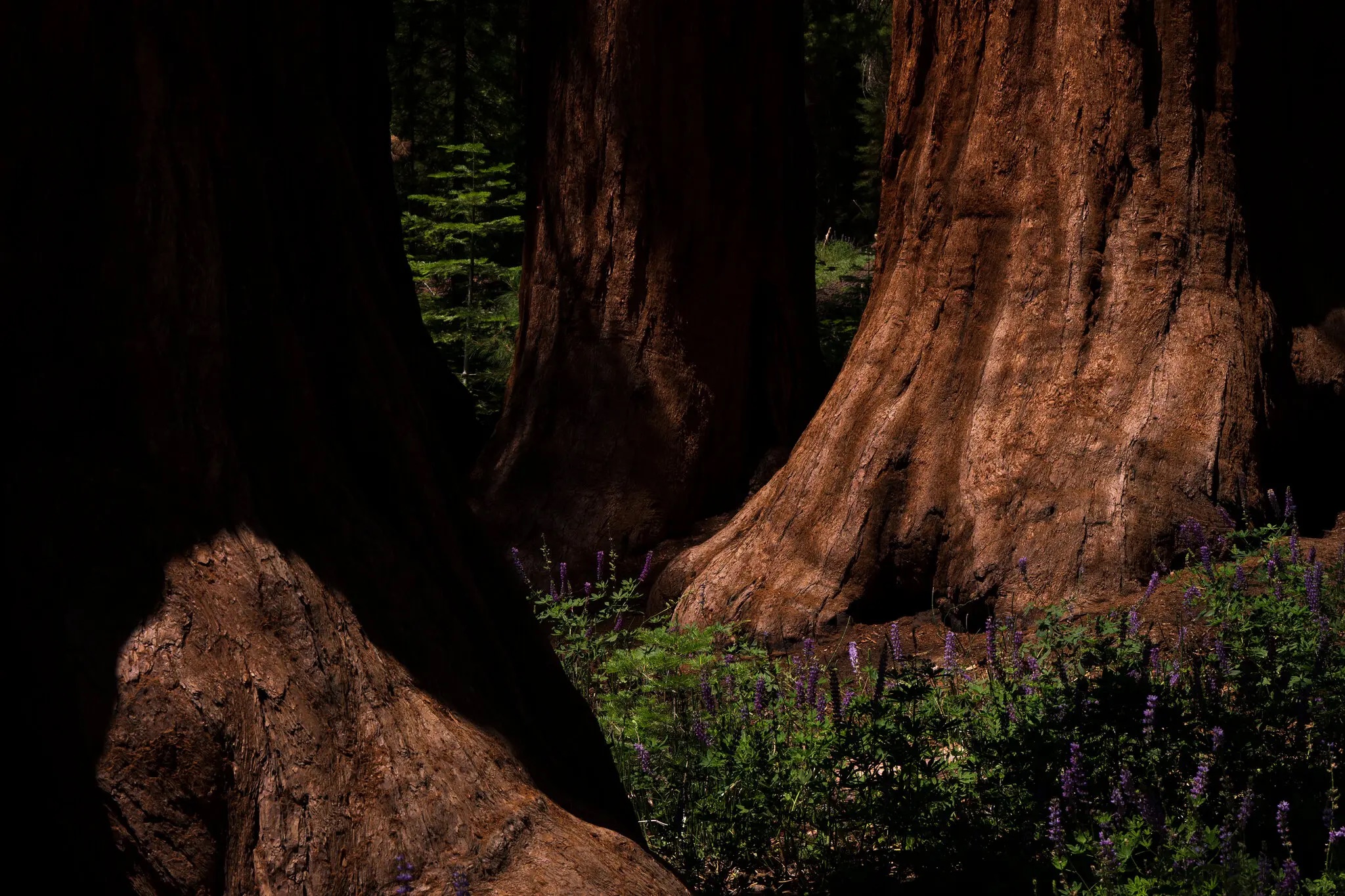State Coastal Conservancy Awards Nearly $6 Million For Wildfire Resilience Projects
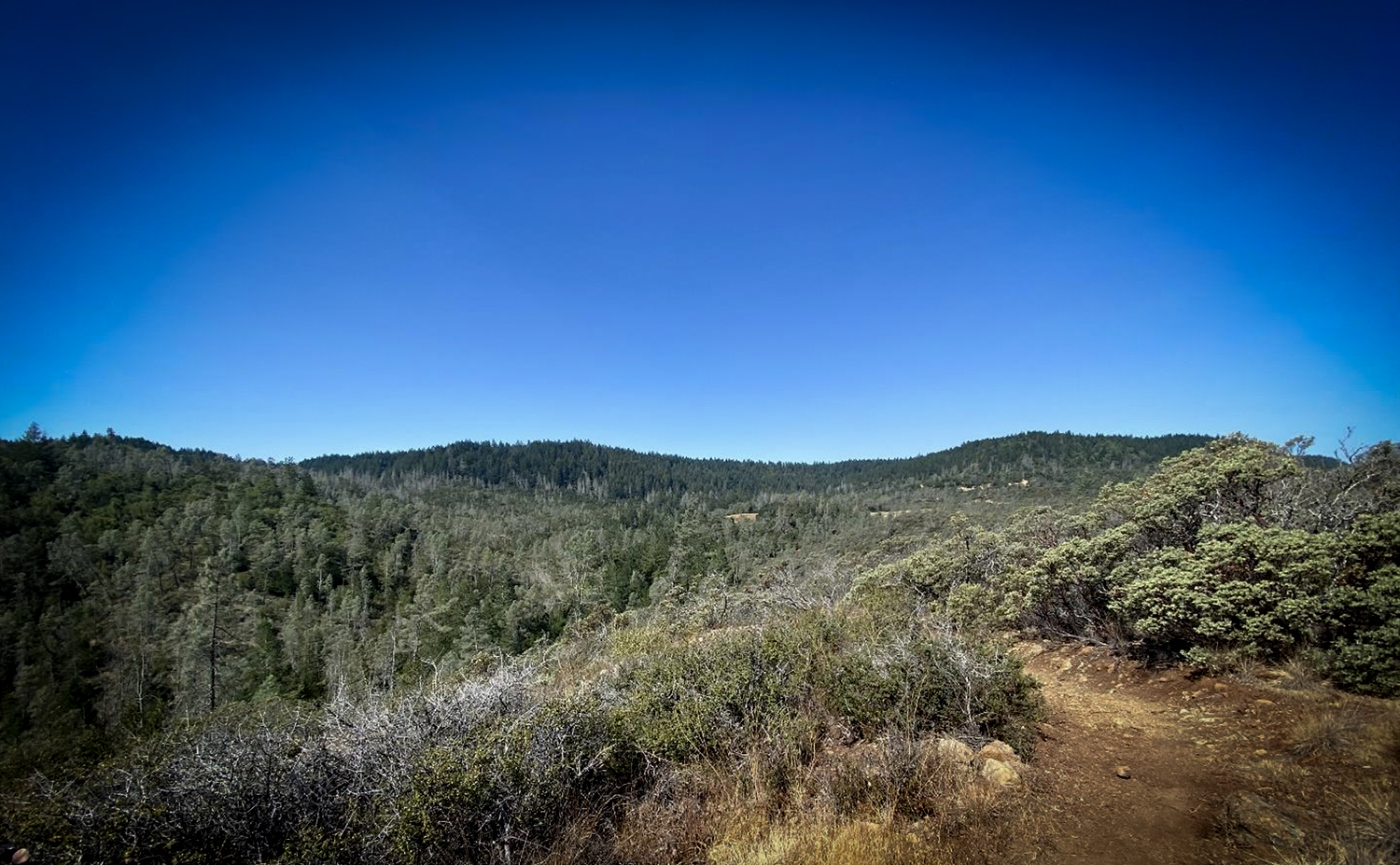
State Coastal Conservancy Awards Nearly $6 Million For Wildfire Resilience Projects
- $250,000 to support Civicorps’ East Bay Wildfire Risk Reduction project for workforce development and vegetation removal in Alameda and Contra Costa Counties.
- $1,542,000 for the San Mateo County Critical Evacuation Corridors Wildfire Resilience Project to remove hazardous vegetation along two critical road evacuation corridors.
- $500,000 to implement the Garland Ranch Wildfire Resilience Project to thin 12 acres of eucalyptus trees and create a 6.2 acre shaded fuel break, maintain previously treated areas, collect data, and conduct community engagement in Monterey County.
- $1,626,000 to the U.S. Forest Service to treat approximately 24 miles of historic fuel breaks by removing vegetation along the Santa Lucia ridge line within the Los Padres National Forest to protect neighboring communities in Monterey County from catastrophic wildfire.
- $947,850 for Santa Barbara’s Wildfire Resilience Project to reduce wildland vegetation fuels acres, restore native species, and conduct community engagement.
- $1,131,700 for the Ascot Hills Resilience Project in Los Angeles to enhance 33 acres of habitat through the removal of invasive plants and planting of native plants to increase wildfire resilience.
RESOURCES
California Passes Proposition 4 — Providing $1.5 Billion for Wildfire Resilience
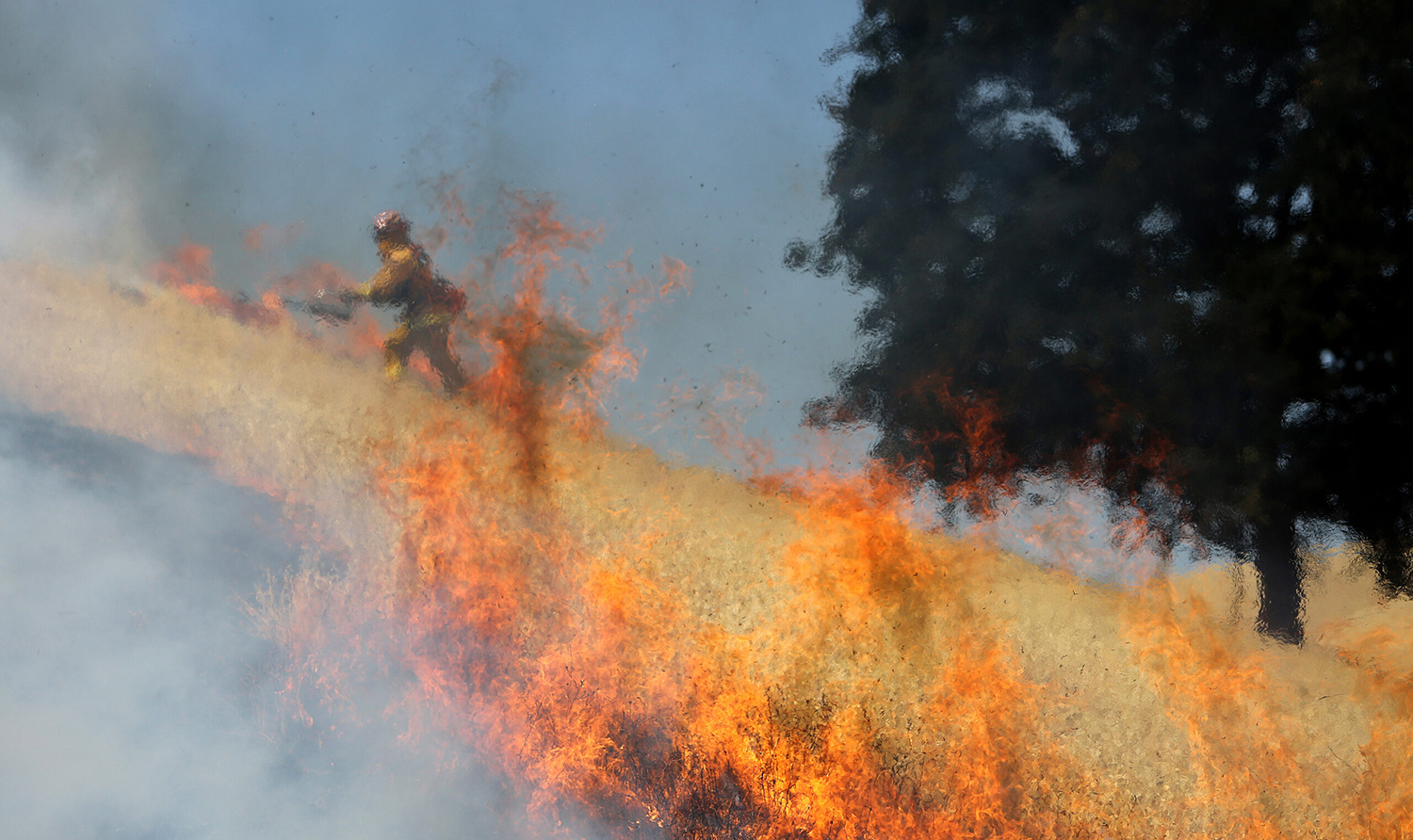
California Passes Proposition 4 — Providing $1.5 Billion for Wildfire Resilience
November 5, 2024 – Californians passed Proposition 4, the first-ever climate bond to go before California voters. The proposition provides $10 billion in bond funds for critical wildfire, flood protection, and other climate resilience projects around the state, including $1.5 billion for wildfire resilience. This funding will enable agencies to improve landscape health and resilience and protect communities from wildfire risks through programs such as the Regional Forest and Fire Capacity Program. The funding also includes $50 million for long-term capital infrastructure projects that utilize wildfire mitigation waste for non-combustible uses.
In addition to funding wildfire resilience, $1.2 billion will be used to protect natural lands and preserve biodiversity, with $870 million directed to the Wildlife Conservation Board to help the state to meet its goal to protect 30% of lands by 2030. The approval of Proposition 4 is a major advancement for California’s efforts to increase the pace and scale of wildfire and landscape resilience treatments, adapt to a changing climate, and reach goals set in the California’s Wildfire and Forest Resilience Action Plan.
State and Federal Investments Conserve Forestlands in Perpetuity
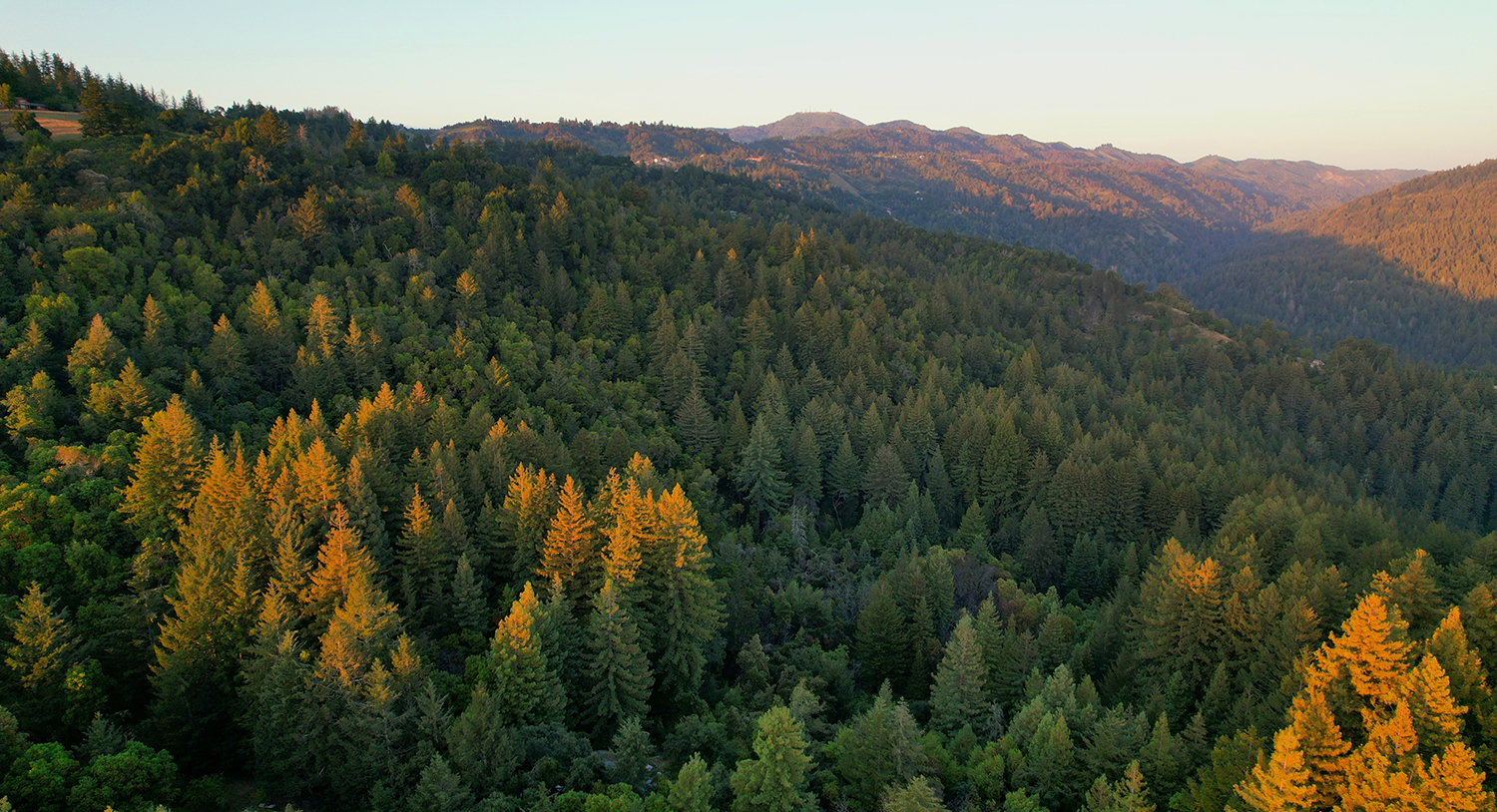
State and Federal Investments Conserve Forestlands in Perpetuity
October 29, 2024 – CAL FIRE and the U.S. Forest Service have announced grant awards to protect forestlands threatened with conversion to non-forest uses. Together, these investments improve forest health and reduce wildfire risk throughout the state.
CAL FIRE awarded $8.5 million through California Forest Legacy to four projects that ensure long-term land stewardship on properties that will continue to provide, in perpetuity, such benefits as sustainable timber production, wildlife habitat, recreation opportunities, carbon sequestration, watershed protection, and open space. One funded project will enable the Colfax-Todds Valley Consolidated Tribe to acquire the Owl Creek property in Placer County; while Placer Land Trust will hold a conservation easement to ensure protection of the property, the Tribe will manage the land using Indigenous management practices.
The USFS awarded more than $265 million to 21 projects nationwide through the federal Forest Legacy program to conserve nearly 335,000 acres of private forestlands. In California, a $1.5 million grant will conserve 94 acres of unique montane mixed-conifer forest in the recreation destination of Lake Arrowhead, east of Los Angeles. The property provides habitat for 7 federal and 4 state species of concern.
New Conservation Strategy to Protect Montane Forests in Southern California
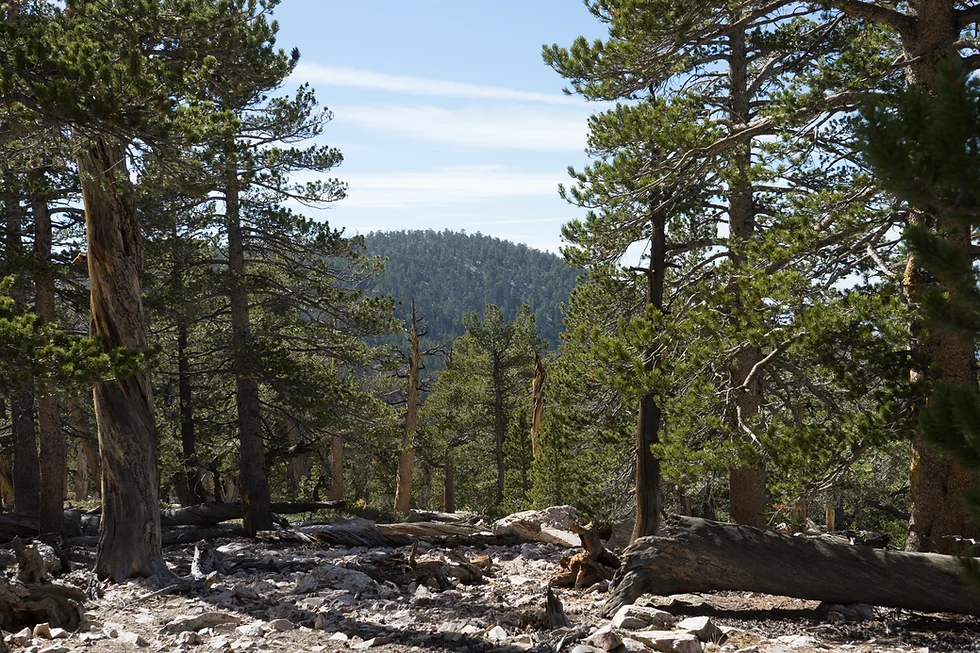
New Conservation Strategy to Protect Montane Forests in Southern California
July 30, 2024 – The Southern Montane Forest Project released its Climate-Adapted Conservation Strategy, an initiative that will bolster the resilience of montane (i.e. higher-elevation forests) to confront threats from wildfires, droughts, pollution, and invasive species.
The strategy takes an all-lands approach, calling for state, federal, academic, and non-profit efforts to work in concert within the USFS’s Southern California Wildfire Crisis Landscape.
Southern California’s montane forests are a key Task Force priority because they protect watersheds that supply about 40% of downstream water for drinking and agriculture. They capture carbon, prevent soil erosion, and serve as critical habitats for threatened and endangered wildlife. They also supply Indigenous communities with food, fiber, and medicine while providing recreational opportunities to over 24 million people.
State Agencies Fund Wildfire Resilience, Habitat Restoration and Conservation Projects
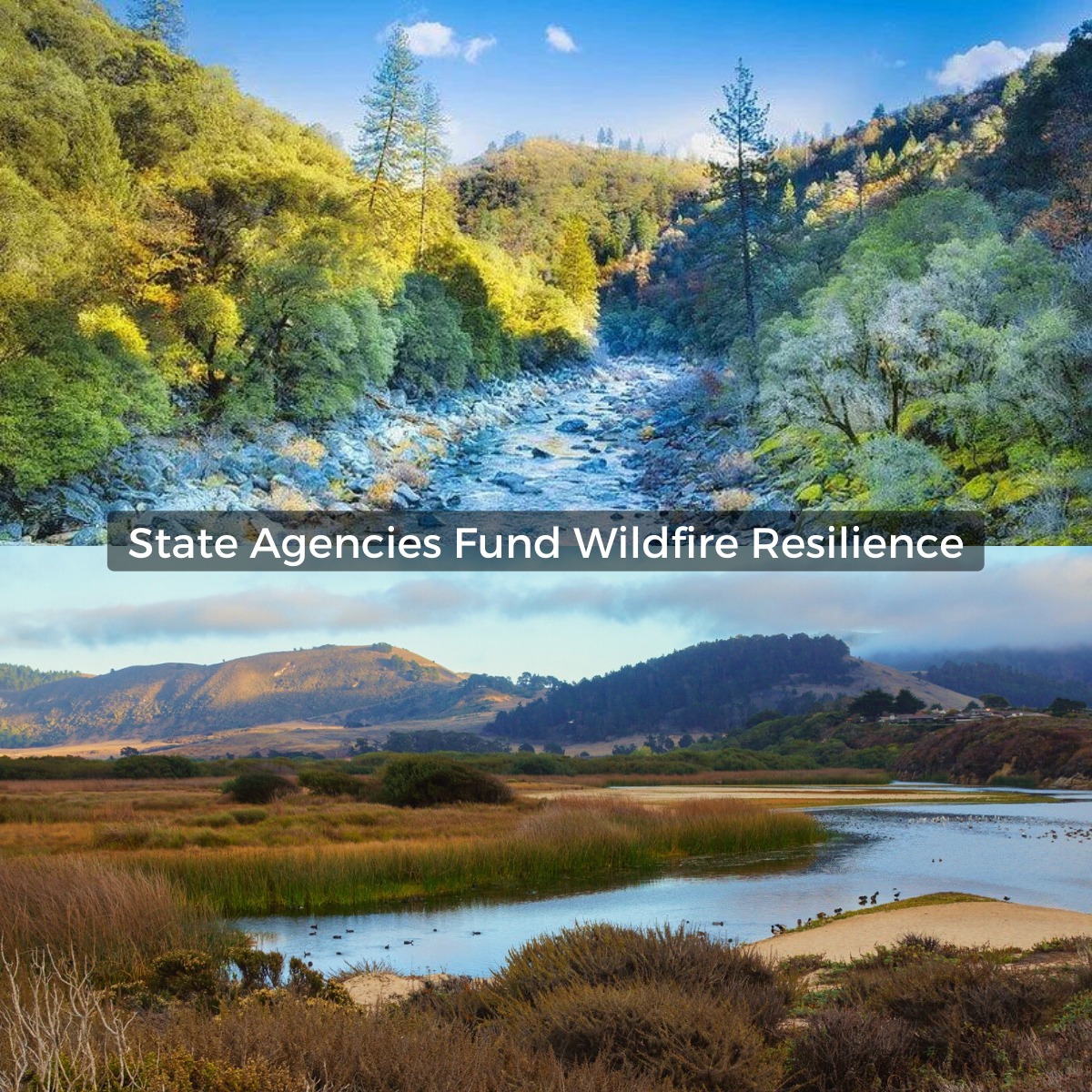
State Agencies Fund Wildfire Resilience, Habitat Restoration and Conservation Projects
State Agencies Fund Wildfire Resilience, Habitat Restoration and Conservation Projects:
State Coastal Conservancy $78 Million for Climate Resilience, Public Access, Habitat Restoration and Wildfire Resilience: On June 1, the State Coastal Conservancy approved nearly $78 million for 34 projects to protect and restore coastal lands, increase coastal resilience to climate change, improve public access to the coast, and reduce the impact of wildfire on coastal lands.
SNC Approves $22.5 Million to Build Resilience, Boost Recreation, and Conserve Land: On June 1, the Sierra Nevada Conservancy (SNC) approved roughly $22.5 million for 24 different projects that will benefit wildfire recovery and forest resilience, expand recreation opportunities, and conserve strategic land throughout California’s Sierra-Cascade region.
Wildfire Resilience Work Helps Save Yosemite Sequoias
Wildfire Resilience Work
Helps Save Yosemite Sequoias
photo credit: New York Times
Fuels Reduction Partnerships Pay Off In Controlling The Washburn Fire
Some of the world’s most iconic trees in one of the world’s most famous forests are safe today thanks in part to resilience treatments funded through CAL FIRE’s Forest Health grant program.
“This project has meant the difference for the community and the grove. I suspect that if Wawona Road was in the state that it was prior to the project, it could be a very different outcome for the Mariposa grove and the community.”
– Garett Dickman, National Park Service Vegetation Ecologist
photo credit: New York Times
Protecting the ancient, majestic giant sequoias in the largest and most popular of Yosemite’s sequoias clusters was an immediate concern for land managers when the Washburn Fire broke out near Mariposa Grove. Fortunately, a partnership that includes the Mariposa County Resource Conservation District, National Park Service and local private landowners had done the important fuels reduction work that reduced the fire’s severity and helped firefighters protect the invaluable trees.
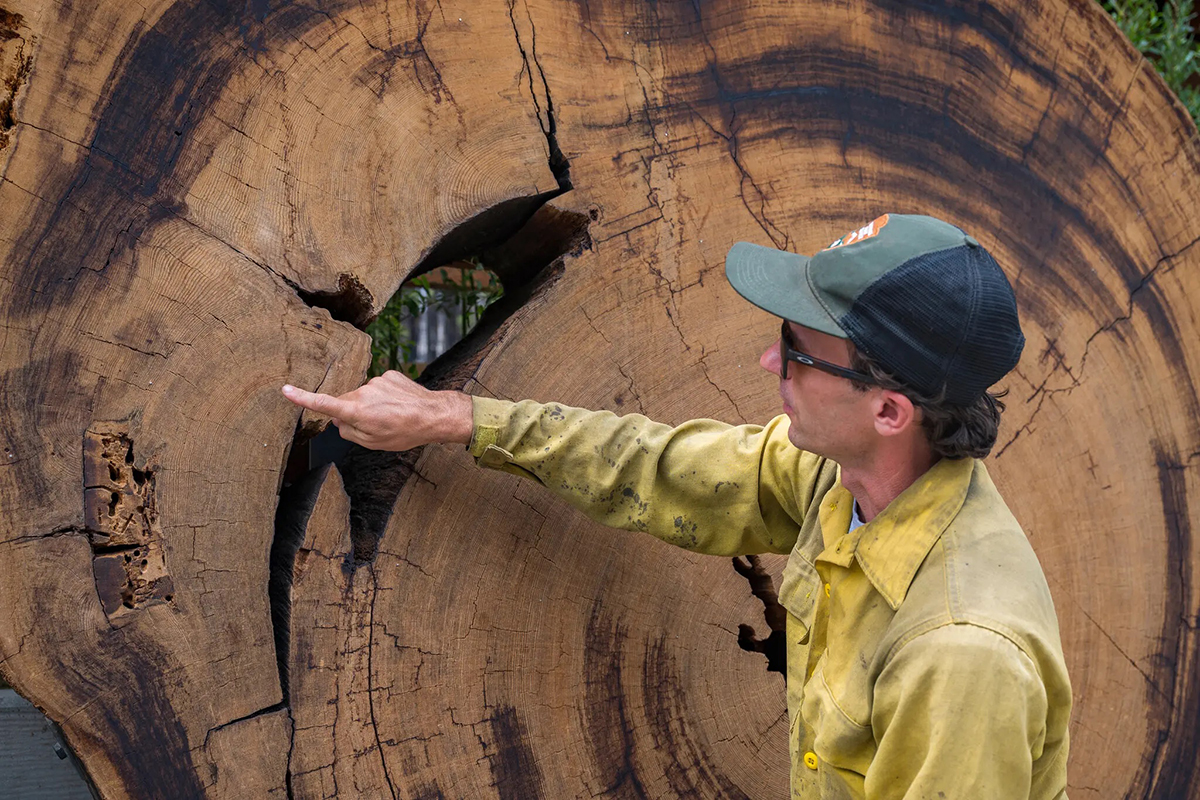
Garrett Dickman, a Vegetation Ecologist at Yosemite National Park was on the fire and observed its behavior. Referring to biomass removal treatments along a key road in the park, he said, “Firefighters [were] able to hold the road with minimal prep,” and the fuels reduction was “…proving critical in our ability to protect the community of Wawona.” Dickman pointed out that flame heights were a few inches to a just a few feet in treated areas, compared to flames that were tens to hundreds of feet long elsewhere.
photo credit: New York Times
CAL FIRE Forest Health provides funding to local and regional organizations that coordinate multiple treatment objectives, within landscape scale projects. Objectives include fuel reduction, prescribed fire, reforestation, biomass utilization and pest management. Land may be owned by tribes, private individuals, private companies, and local, state, or federal governments. The Washburn Fire is a good example of the critical impact these projects have in slowing the spread of wildfire, promoting forest health and, in this case, protecting some California’s most iconic natural treasures.

